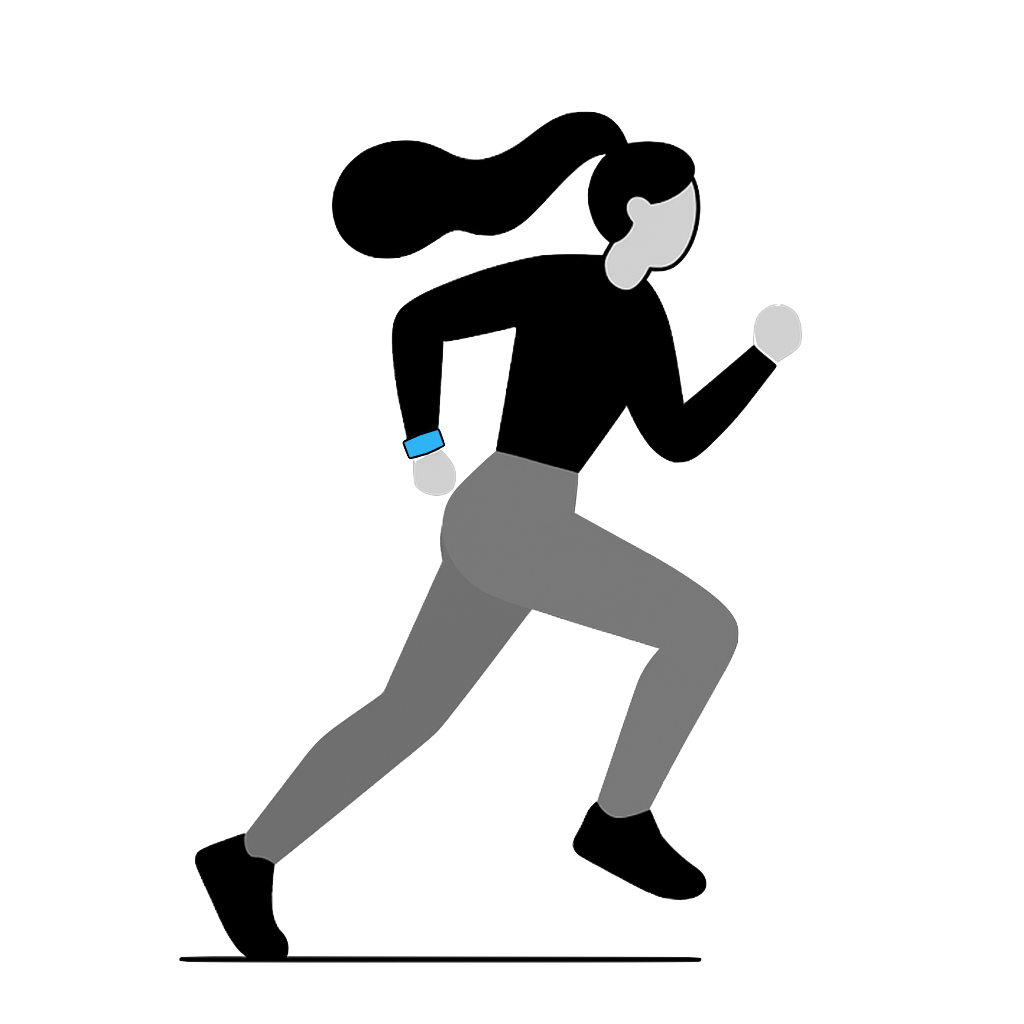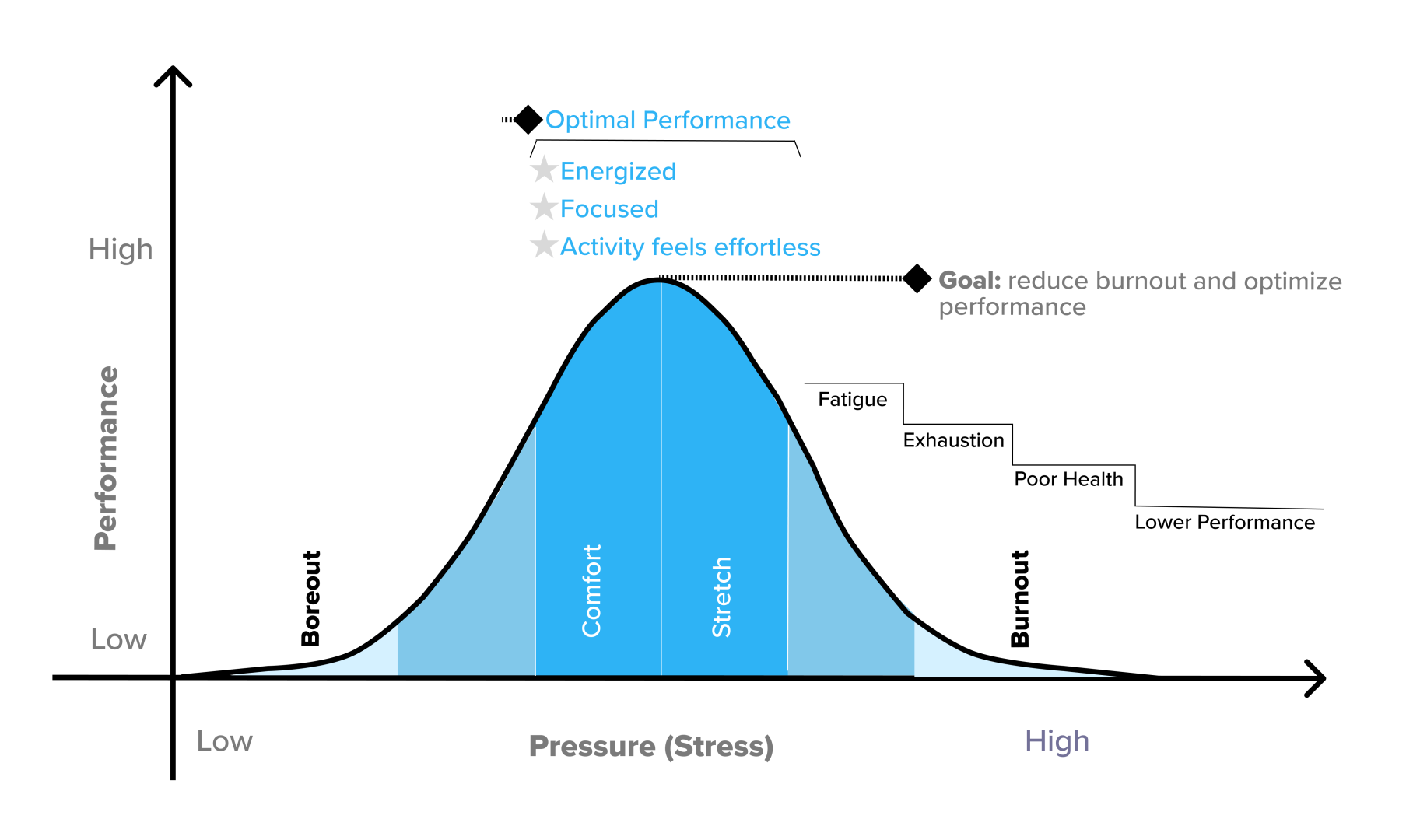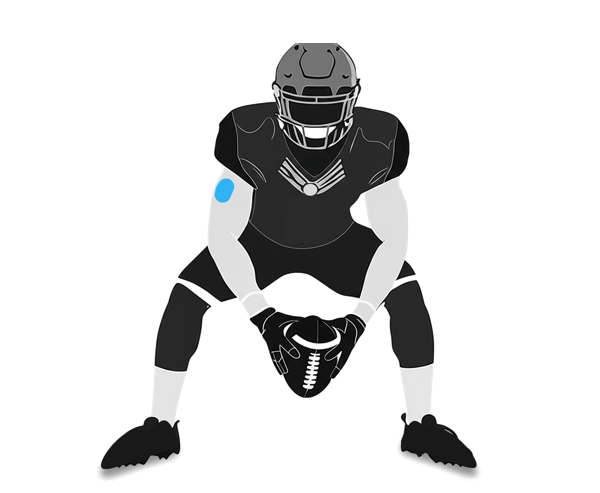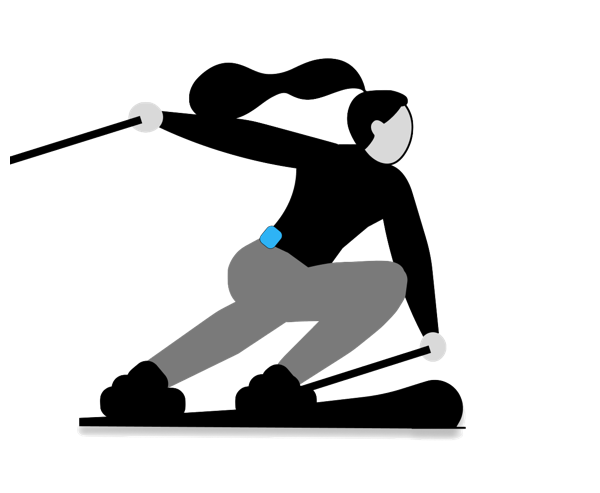References:
1. Moser O, Zaharieva DP, Adolfsson P, et al. The use of automated insulin delivery around physical activity and exercise in type 1 diabetes: a position statement of the European Association for the Study of Diabetes (EASD) and the International Society for Pediatric and Adolescent Diabetes (ISPAD). Diabetologia. 2025 Feb;68(2):255–280. doi:10.1007/s00125-024-06308-z
2. Zaharieva DP, Cinar A, Yavelberg L, Jamnik V, Riddell MC. No Disadvantage to Insulin Pump Off vs Pump On During Intermittent High-Intensity Exercise in Adults With Type 1 Diabetes. Can J Diabetes. 2020;44(2):162-168. doi:10.1016/j.jcjd.2019.05.015
3. Aronson R, Li A, Brown RE, McGaugh S, Riddell MC. Flexible insulin therapy with a hybrid regimen of insulin degludec and continuous subcutaneous insulin infusion with pump suspension before exercise in physically active adults with type 1 diabetes (FIT Untethered): a single-centre, open-label, proof-of-concept, randomised crossover trial. Lancet Diabetes Endocrinol. 2020;8(6):511-523. doi:10.1016/S2213-8587(20)30114-5
4. Diabetes Research in Children Network (DirecNet) Study Group, Tsalikian E, Kollman C, et al. Prevention of hypoglycemia during exercise in children with type 1 diabetes by suspending basal insulin. Diabetes Care. 2006;29(10):2200-2204. doi:10.2337/dc06-0495
5. Zaharieva D, Yavelberg L, Jamnik V, Cinar A, Turksoy K, Riddell MC. The Effects of Basal Insulin Suspension at the Start of Exercise on Blood Glucose Levels During Continuous Versus Circuit-Based Exercise in Individuals with Type 1 Diabetes on Continuous Subcutaneous Insulin Infusion. Diabetes Technol Ther. 2017;19(6):370-378. doi:10.1089/dia.2017.0010
6. Riddell MC, Scott SN, Fournier PA, et al. The competitive athlete with type 1 diabetes. Diabetologia. 2020;63(8):1475-1490. doi:10.1007/s00125-020-05183-8
7. Ratjen I, Weber KS, Roden M, Herrmann ME, Müssig K. Type 1 diabetes mellitus and exercise in competitive athletes. Exp Clin Endocrinol Diabetes. 2015;123(7):419-422. doi:10.1055/s-0035-1545344
8. Moser O, Mueller A, Eckstein ML, et al. Improved glycaemic variability and basal insulin dose reduction during a running competition in recreationally active adults with type 1 diabetes-A single-centre, prospective, controlled observational study. PLoS One. 2020;15(9):e0239091. doi:10.1371/journal.pone.0239091
9. Al-Qaissi A, Papageorgiou M, Javed Z, et al. Environmental effects of ambient temperature and relative humidity on insulin pharmacodynamics in adults with type 1 diabetes mellitus. Diabetes Obes Metab. 2019;21(3):569-574. doi:10.1111/dom.13555
10. Pitt JP, McCarthy OM, Hoeg-Jensen T, Wellman BM, Bracken RM. Factors Influencing Insulin Absorption Around Exercise in Type 1 Diabetes. Front Endocrinol (Lausanne). 2020;11:573275. doi:10.3389/fendo.2020.573275
11. Carter MR, McGinn R, Barrera-Ramirez J, Sigal RJ, Kenny GP. Impairments in local heat loss in type 1 diabetes during exercise in the heat. Med Sci Sports Exerc. 2014;46(12):2224-2233. doi:10.1249/MSS.0000000000000350
12. Notley SR, Poirier MP, Yardley JE, Sigal RJ, Kenny GP. Impaired whole-body heat loss in type 1 diabetes during exercise in the heat: a cause for concern? Diabetologia. 2019;62(6):1087-1089. doi:10.1007/s00125-019-4858-5
13. Yardley JE, Colberg SR. Update on Management of Type 1 Diabetes and Type 2 Diabetes in Athletes. Current Sports Medicine Reports. 2017;16(1):38. doi:10.1249/JSR.0000000000000327
14. de Mol P, de Vries ST, de Koning EJP, Gans ROB, Tack CJ, Bilo HJG. Increased insulin requirements during exercise at very high altitude in type 1 diabetes. Diabetes Care. 2011;34(3):591-595. doi:10.2337/dc10-2015
15. Mohajeri S, Perkins BA, Brubaker PL, Riddell MC. Diabetes, trekking and high altitude: recognizing and preparing for the risks. Diabet Med. 2015;32(11):1425-1437. doi:10.1111/dme.12795
16. Matejko B, Benbenek-Klupa T, Malecki MT, Klupa T. Personal Insulin Pump With Predictive Low Glucose Management Technology at High Altitude. J Diabetes Sci Technol. 2017;11(1):176-177. doi:10.1177/1932296816649973
17. Matejko B, Gawrecki A, Wróbel M, et al. Physiological Characteristics of Type 1 Diabetes Patients during High Mountain Trekking. J Diabetes Res. 2020;2020:8068710. doi:10.1155/2020/8068710
18. Moore K, Vizzard N, Coleman C, McMahon J, Hayes R, Thompson CJ. Extreme altitude mountaineering and Type 1 diabetes; the Diabetes Federation of Ireland Kilimanjaro Expedition. Diabet Med. 2001;18(9):749-755. doi:10.1046/j.0742-3071.2001.00568.x
19. Dugan CW, Maloney SK, Abramoff KJ, et al. Effects of Simulated High Altitude on Blood Glucose Levels During Exercise in Individuals With Type 1 Diabetes. J Clin Endocrinol Metab. 2022;107(5):1375-1382. doi:10.1210/clinem/dgab881








